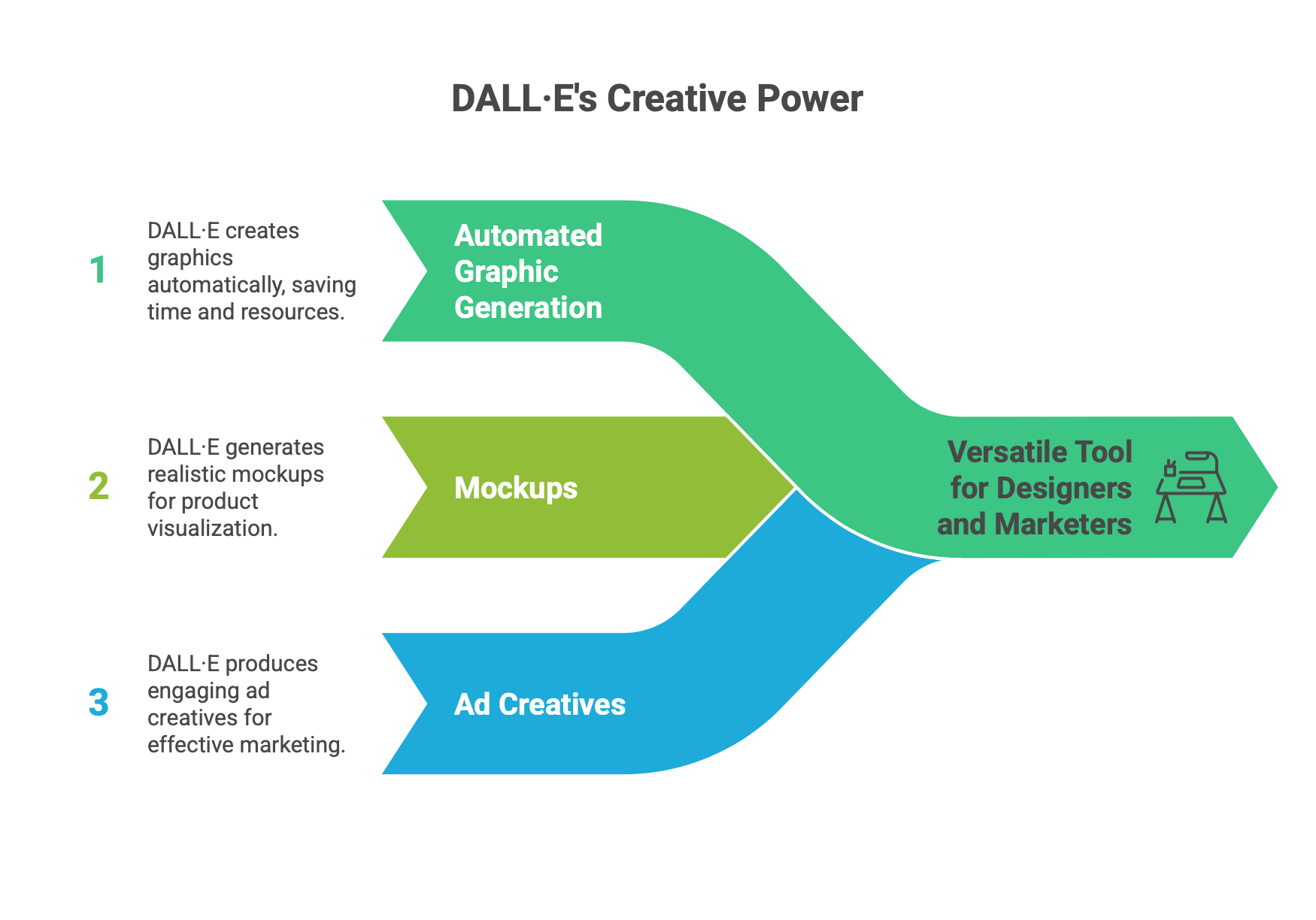How Can a Business Use OpenAI?
Artificial intelligence isn’t some far-off frontier anymore—it’s already sitting in the boardroom, drafting your emails, answering your customers, and analyzing the data your team used to spend days decoding.
At the center of this transformation is OpenAI. Its suite of tools—like GPT-4, DALL·E, and Codex—has become a digital Swiss Army knife for businesses across industries. From automating support to generating content, analyzing customer feedback to accelerating product development, OpenAI is quietly reengineering how modern businesses operate and scale.
This guide unpacks exactly how.
We’re diving into the most practical, real-world ways companies are using OpenAI today—not just theory, but action. Use cases, integrations, and the behind-the-scenes moves that are giving businesses a competitive edge.
Why OpenAI Matters to Modern Business
In today’s digital economy, speed isn’t just an advantage—it’s survival. Businesses that can respond faster, personalize deeper, and make smarter decisions are the ones pulling ahead. That’s exactly where OpenAI fits in.
AI is no longer theoretical. It’s now embedded in everyday operations—writing code, handling customer service, summarizing reports, and even designing visual content. At the core of this shift are three strategic advantages:
Efficiency: Automate tasks that drain hours from your team.
Personalization: Deliver tailored user experiences and communications.
Decision-Making: Analyze data to forecast trends and make informed business calls.
These aren’t just hypotheticals. Companies using OpenAI tools are seeing measurable results in productivity, customer satisfaction, and cost savings.
We’ve been mapping out the possibilities—soon, our digital library at State Digital Media will offer practical frameworks for turning these ideas into action.
Core Use Cases for OpenAI in Business
From streamlining operations to improving customer experience, here are eight ways businesses are putting OpenAI to work.
1. Customer Support Automation
Deploy GPT-4-powered chatbots for 24/7 service.
Reduce wait times and free human agents to handle complex cases.
2. Content Generation
Produce marketing copy, emails, blog posts, and product descriptions in seconds.
Maintain brand voice and consistency across platforms.
3. Data Analysis & Insights
Use AI for real-time data analysis, sentiment tracking, and market intelligence.
Turn raw data into meaningful insights quickly.
4. Personalization & Recommendations
Power recommendation engines and dynamic content based on user behavior.
Increase engagement and conversion rates.
5. Workflow & Process Automation
Automate repetitive tasks like data entry, invoice classification, and internal documentation.
Improve accuracy and reduce operational overhead.
6. Software Development Assistance
Leverage OpenAI Codex to generate code, automate documentation, and assist with debugging.
Accelerate development cycles with fewer errors.
7. Predictive Analytics & Decision Support
Forecast trends, optimize supply chains, and identify risks before they escalate.
Make smarter, data-driven decisions at scale.
8. Creative Design & Visual Media
Use DALL·E for automated graphic generation, mockups, and ad creatives.
Quickly prototype ideas without a full design team.
Real-World Examples
| Use Case | OpenAI Application | Business Outcome |
|---|---|---|
| Customer Support | GPT-4 chatbots handling tier-1 inquiries | 40% reduction in tickets escalated to agents |
| Content Creation | Automated blog posts and ad copy | 70% reduction in content turnaround time |
| Market Intelligence | Real-time sentiment and competitor analysis | Smarter campaign timing and messaging |
| Product Recommendations | Personalization engine in e-commerce | 20% increase in average order value |
| Software Development | Codex-assisted code and documentation | Shorter sprint cycles; improved developer productivity |
| Quality Control | Anomaly detection in production data | 15% drop in manufacturing defects |
Once live, State Digital Media will feature deeper use case breakdowns to help businesses model these approaches—complete with tools, templates, and real-world workflows.
How to Integrate OpenAI into Your Business
1. Direct API Access
OpenAI’s API gives developers direct access to models like GPT-4, DALL·E, and Whisper. Use them to build custom chatbots, content tools, analytics dashboards, and more.
2. No-Code & Plug-and-Play Tools
ChatGPT Team & Enterprise: Business-ready AI with privacy controls and collaboration features.
Tool Integrations: Connect with Google Drive, SharePoint, GitHub, Notion, and others—no coding required.
3. Security & Compliance Considerations
OpenAI supports enterprise-grade security, including:
SOC 2 Type 2 compliance
HIPAA-readiness
Data encryption
Single Sign-On (SSO) and admin controls
We’ll soon be releasing a guide for safe and scalable AI adoption—part of State Digital Media’s AI business toolkit.
Resources to Explore Further
Explore more through these hand-picked links:
🧰 Developer & Integration Tools
💡 Business Use Cases & Strategy
We’re curating even more insider resources as part of our upcoming launch—stay tuned.
Conclusion
The age of AI isn’t a future event—it’s a present opportunity.
OpenAI’s tools are helping businesses automate smarter, communicate faster, and operate with more precision than ever before. From startups to enterprises, the advantages are too significant to ignore.
And this is just the beginning.
Frequently Asked Questions
1. Do I need to be a developer to use OpenAI in my business?
No—OpenAI offers no-code tools like ChatGPT Team, which work with minimal setup. Developers can also use the API for custom builds.
2. Is OpenAI secure enough for industries like finance or healthcare?
Yes. OpenAI is SOC 2 compliant and HIPAA-ready, with encryption, admin tools, and enterprise-level privacy features.
3. What tasks can I automate with OpenAI?
Customer support, content creation, data analysis, internal workflows, product recommendations, code generation—and more.
4. How much does OpenAI cost to use?
There are free and pay-as-you-go options. Enterprise plans are available for larger teams. See OpenAI’s pricing for details.
5. Will State Digital Media offer more AI resources?
Yes—we’re launching a full suite of tools, case studies, and playbooks to help businesses implement OpenAI effectively. Stay tuned.


